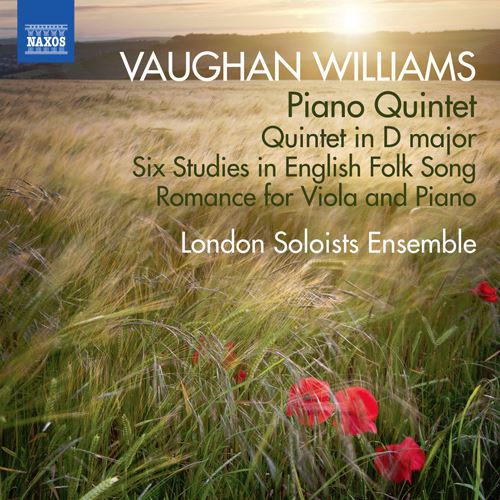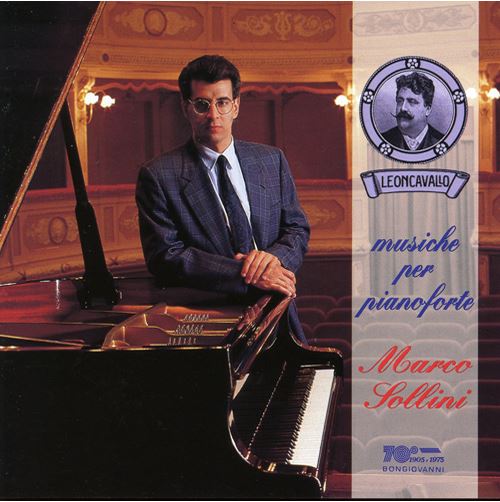Imagine 98,760 CDs on the computer server of your audio system – the mind boggles (well, I suppose there might be someone very rich out there…). Assuming 12 hours non-stop listening each day, it would take you around 104 years before you got round to repeating a CD.
However, classical music lovers have just such an option (with a bit of jazz and world music thrown in) in one of the quiet revolutions of audio delivery: the Naxos Music Library (www.naxosmusiclibrary.com). It started modestly, back in 2003, with just the Naxos and Marco Polo catalogues available on-line. It has since grown to include over 640 labels, including most of the major classical music players, from Chandos to Hungariton, as they realized that here was a 21st century delivery system, and Naxos had already set up the means.
The model is strictly a streaming one (no unpaid downloads), with apps available for iPhones and Android phones (though not for my Windows 8 phone). New titles are added each month at such an explosive rate that it is nearly impossible to keep up with the library’s expansion – a reminder that the world of classical music has never, in the history of audio recordings, been so healthy.
In other words, the Library is now a staggering compendium of the world’s classical music, past and present. It is extremely well organized and user friendly, and there is also extensive background material available, covering composers, works, and opera libretti. The search function is pretty comprehensive, and, above all the site looks aesthetically pleasing, with cover art work included.
There is, of course, a price, but put against what most music lovers paid for their recorded audio in the pre-electronic age, it is a pretty modest one. There are two recording quality levels available: Standard, which is essentially mp3 quality, will set you back $US205 a year, while Premium (CD quality) will cost you $307.50 a year.
Many universities, however, include a subscription in their electronic library holdings, so I (and my students) get the service free (albeit at the Standard quality). So do many public libraries, including both the Toronto and Edmonton Public Libraries – but if you want the CD Premium quality you will probably have to take out a personal subscription.
In writing this, I am aware that I sound like Naxos salesperson. But I make no apologies for that: I have been using the Library since its inception, and still find it quite extraordinary – and, in my research and writing on music, simply invaluable.
So as I do classical music reviews for Wall of Sound, I will be using the Naxos Music Library as my source of those new – or revisited – releases. Here a disclaimer is necessary: Naxos have kindly agreed to provide a Premium service to allow me to properly evaluate the recorded sound.
So I thought I would start with brief reviews of three recent releases that are slightly off the beaten track, but which should happily accompany lounging on the deck in the sunshine with the CD boombox on the table, alongside the bowl of strawberries and the mint julep – or whatever is your summer drink (mine is Pimm’s No.1 with fizzy French lemonade, cucumber, and lots of mint).



The first is a really delightful CD of early and virtually unknown Vaughan Williams chamber music, played by the London Soloists Ensemble on Naxos (8.573191). Vaughan Williams is generally a pretty easy composer to get along with at any time (though he can, of course, be gritty and acerbic, especially either side of the Second World War). These early works are wonderfully genial, very much in the mould of the mood painting of the English countryside that emerged in British chamber music at the start of the 20th Century.
The Piano Quinter in C minor (1903-1905) is honey mead in its rich golden colours, and uses the same forces as Schubert’s Trout quintet. It lay unheard for 89 years until revived in 1999, and this performance is lovingly played (as is the entire CD), recorded with a slightly exaggerated richness of tone that ideally suits the music. It couldn’t be better for summer-time deck lounging, the insects lazily buzzing by, perhaps just a hint of thunderclouds in the distance, especially the dreamy middle movement, opening with a long piano rumination.
The Quintet in D for clarinet, horn, violin, cello and piano (1898) is the earliest work on the CD, and perhaps (as Paul Conway’s useful liner notes point out), perhaps the one least obviously by Vaughan Williams. It looks back a little to Brahms, but this is happy music, for a summer’s morning, perhaps, with its horn calls, its liveliness, its occasional VW jollity, and very much a concerted work, rather than just a vehicle for the clarinet.
A little Romance for viola and piano (date unknown, and first performed in 1962), with a rather French dreaminess about it, and a version of Six Studies in English Folksong for clarinet and piano – self-explanatory, as Vaughan Williams was the master of this kind of material – round off this surprise of a CD.
The music of Friedrich Gernsheim (1839-1916), ignored for a century, is gradually and justifiably being reappraised. He was a close friend of Brahms, and his later works are deeply influenced by the German master. A striking introduction to his music has been released on Brilliant Classics (BC93997 – no liner notes with the Naxos Music Library version), with members of the German Diogenes Quartet and their regular piano partner, Andreas Kirpal, playing two of his piano quartets in first recordings.
Both works share continuously rich and flowing textures, and a kind of happy self-confidence and pleasure in the sheer sound of his forces. The Piano Quartet No.1 Op. 6 (published in 1865) really flows along like a summer river after the rains, pausing for a lovely ruminative slow movement. The Piano Quartet No.3 op.47 (published in 1883) is a gorgeously luminous work, with something of the lyricism of a Dvořák rather than a Brahms, especially in the middle movements – this is a major rediscovery. A CD for the summer evening, when the sunset is just about to cast a golden glow.
Finally, a bauble of a CD. Leoncavallo is best known for his opera Pagliacci, but he was at the turn of the 20th century, along with his fellow Italian opera composers, a superstar of his day, with huge crowds turning out to greet him when he toured, village bands playing his music, and versions being churned out for people to play at home. Bongiovanni have released a CD of his short piano salon works, played by Marco Sollini (GB5578-2), a mixed bag of often outrageously and happily facile music, and worth the price just for the cheeky Cortege de Pulcinella, the Alkan-like Serenade No.1, the over-the-top Marcia nuziale, and the haunting Arab-influenced Sous les palmiers. Very life-like recorded piano sound, too. It’s a fascinating insight into another side of the composer, and into the popular music of the day, and just the thing to lift the spirits when you realize the summer holidays are coming to an end and it’s back to work soon.
[views]

